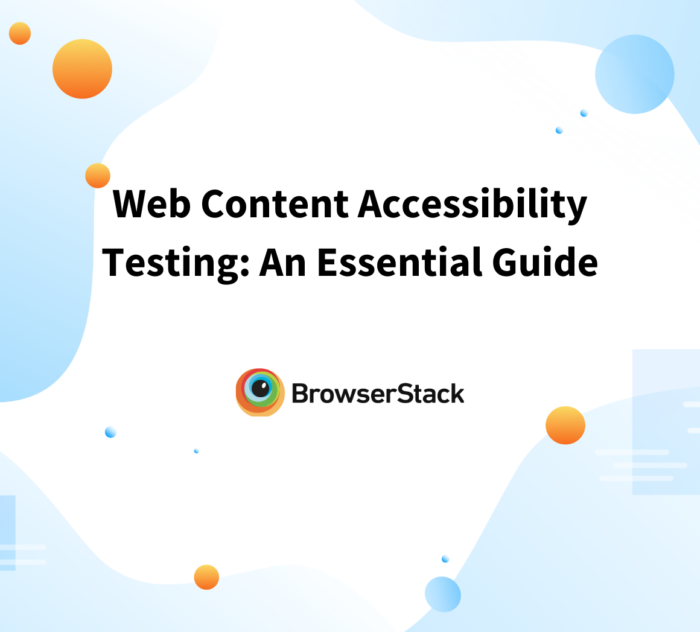Best Practices
-
What is Defect Clustering in Software Testing?
Understand what is defect clustering, its principles, defect types, and different methods of defect prevention.
Learn More -
How to create an ultimate mobile experience
Mobile phones has become inseparable. With more users accessing websites on mobile, it is essential to learn and create an ultimate mobile experience.
Learn More -
How to create Responsive Web Design for E-Commerce Platforms
Learn to make responsive web designs for an eCommerce platform that can delight your audience who prefer a mobile-first design.
Learn More -
Web Content Accessibility Testing: An Essential Guide
Web Content Accessibility is the key to customer engagement in a website. Here’s a comprehensive guide to web content accessibility testing.
Learn More -
What kind of Testing is Important in Responsive Design?
As more and more people access the internet from mobile devices, it's important to make sure your website is responsive. But what kind of testing is important in responsive design? Here are some things to consider.
Learn More -
Getting Started with the Test Automation Pyramid – An Ultimate Guide
Learn to organize, implement, and speed up your automated tests with a test automation pyramid for the best possible results.
Learn More -
Front-End Testing Strategy: A Detailed Guide
This guide will walk you through the common principles on which a sound front-end test strategy can be built and followed.
Learn More -
How does Visual Testing help Teams deploy faster?
Explore why automated visual testing offers better coverage, allowing QA teams to have complete confidence while releasing products.
Learn More -
Test Strategies for Daily and Nightly Builds
Understand the differences and importance of daily vs nightly builds and how to implement testing strategies properly.
Learn More -
Why should Companies focus on Automated Software Testing?
Understand why switching from manual testing to automated testing has a number of benefits for companies if done right.
Learn More









